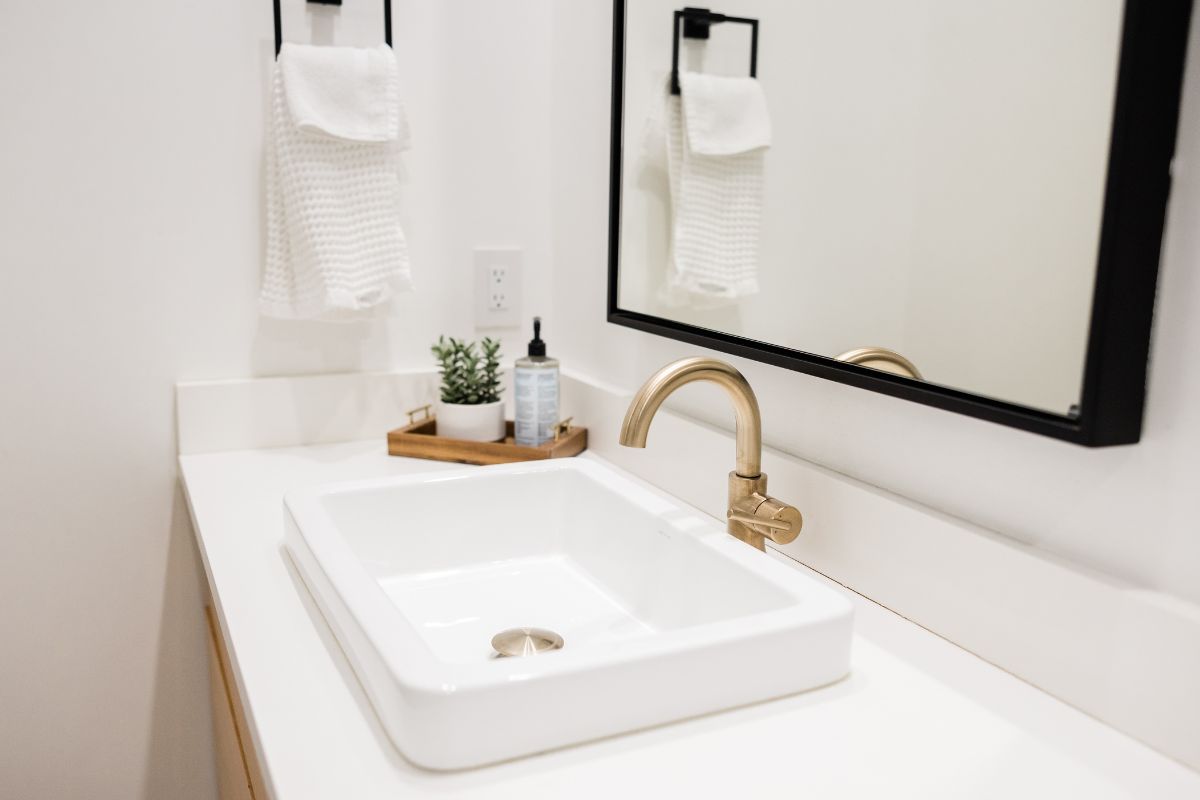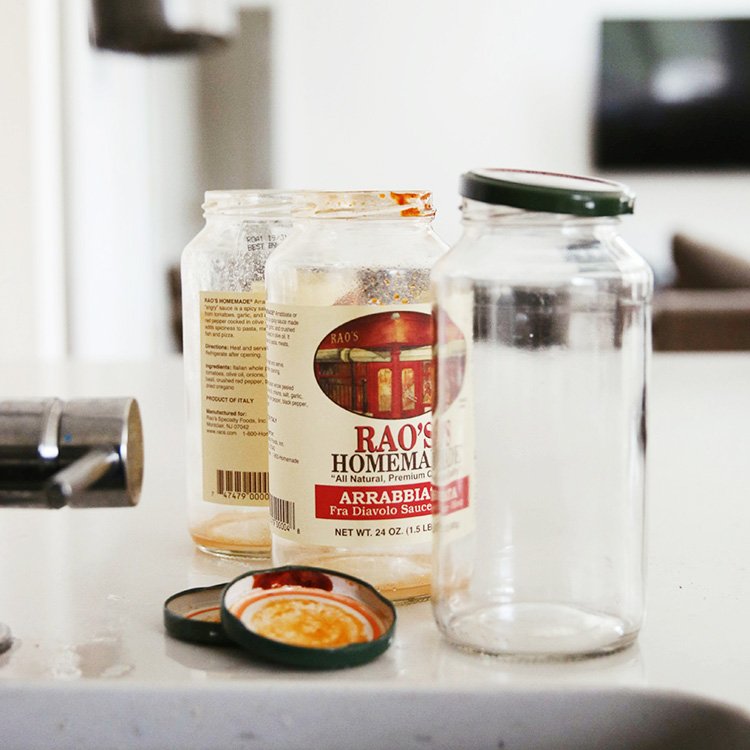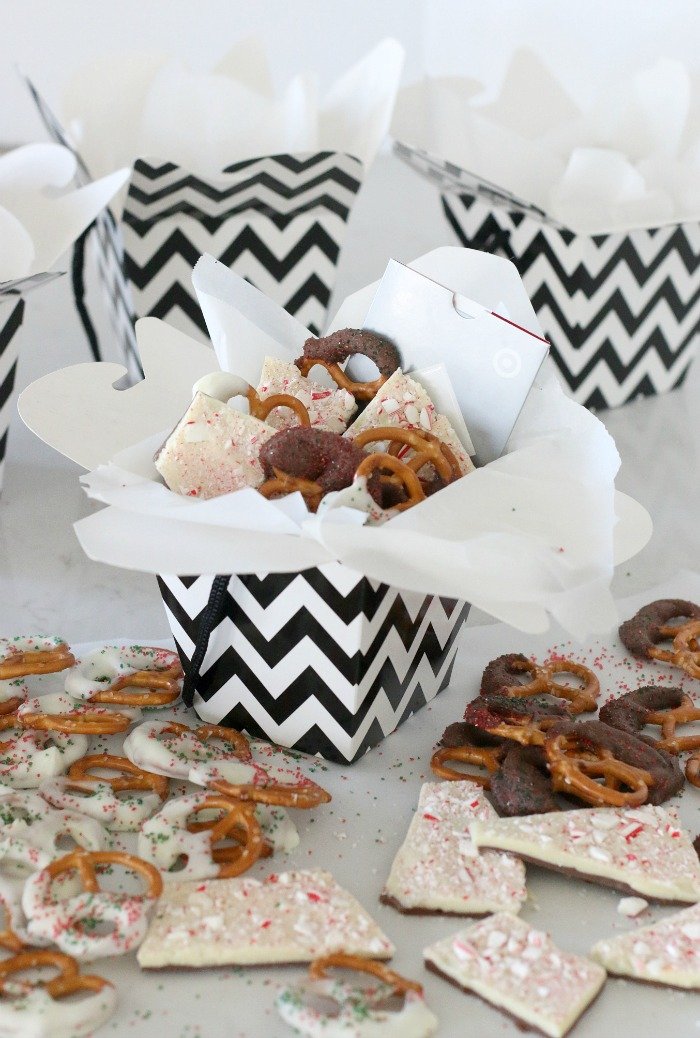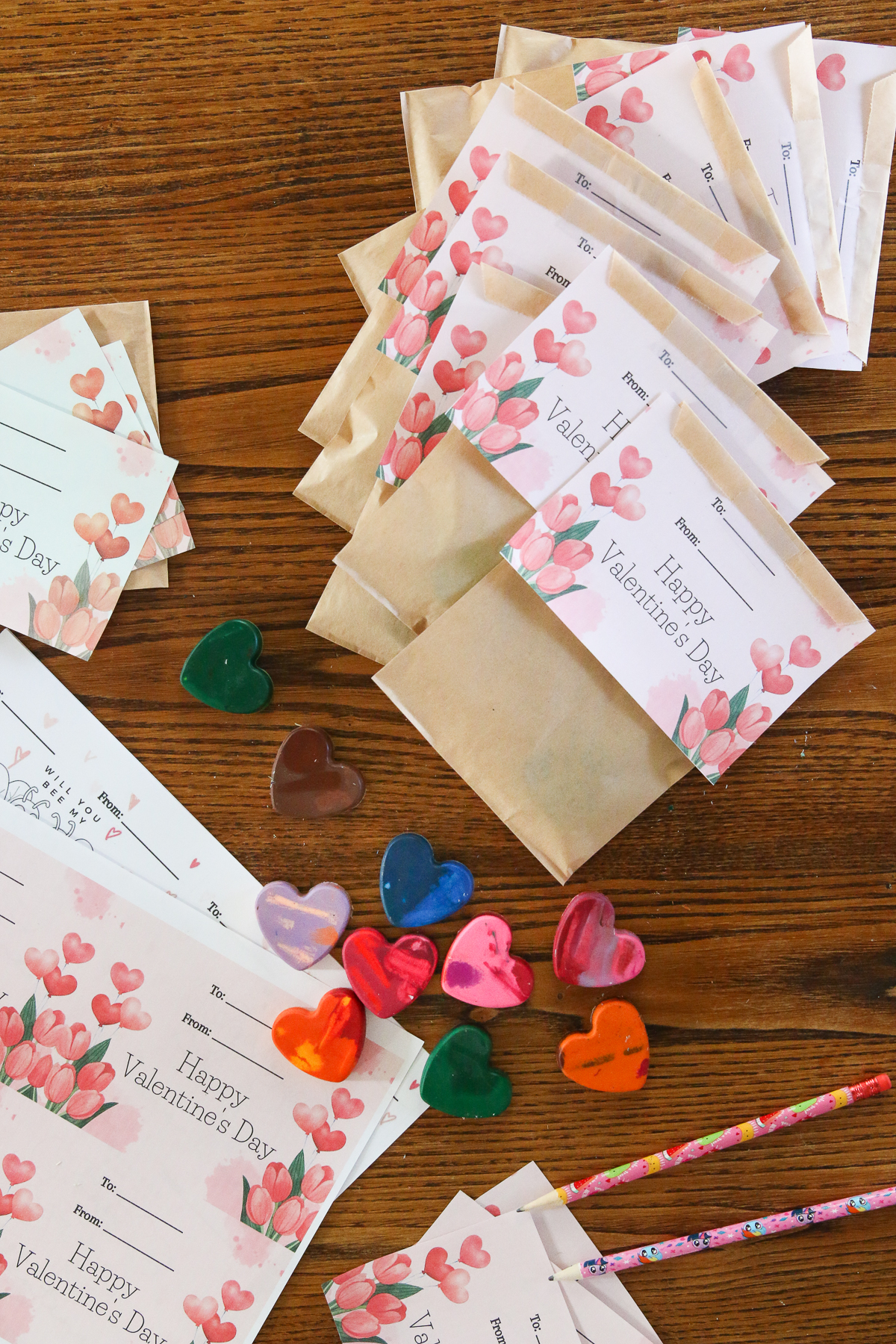5 Tips to Reduce School Supply Waste
Whether it’s back-to-school season or you’re just looking to refresh the pencil collection or replace an old notebook, there are lots of ways to reduce waste around school supplies, uniforms, and all the things kids need to be ready to learn. Read on for five simple tips to reduce school supply waste.

It comes around so quickly, doesn’t it? One minute school is out for the summer and, before you know it, you’re back making packed lunches and working out if this will be the year your child actually uses the compass and 100s of pencils that are diligently stuffed into their pencil case each September.
We started this Waste Free series back in January, looking at each room of our homes and how we could reduce the amount of waste created there. More recently, we’ve switched focus to other elements of our lives. And if you have kids or if you’re a teacher, the school season can mean a lot of buying new and a lot of waste.
So how can you reduce waste related to school supplies, uniforms, and the like? Here are five tips to reduce school supply waste.
Tips to Reduce School Supply Waste

Try clothing exchanges and preloved uniform sales
School uniform
Love it or loathe it, the need to buy a school uniform will impact the amount of things you have to buy for the new school year. In the UK, school uniform is common for students aged 4-16. In the US, we experienced both uniformed and non-uniformed dress codes, and both can lead to multiple shopping trips and lots of waste.
Many schools that require uniforms have a secondhand uniform shop. It’s a great way for schools and parents to fundraise. Some schools sell lost property and donated items for a nominal price of £1/$1. Others have a more formal sales set-up in which a proportion of the sale prices go back to parents (where the item is labelled) and the remainder goes to the school. The PTA website has some great tips and ideas about how to incorporate a secondhand uniform shop into a school’s fundraising and equity initiatives.
More recently, Uniformerly has provided schools with a way to sell secondhand uniform without the need for lots of volunteers to coordinate. Providing a platform for parents to buy uniform/school clothes and shoes secondhand and pass down old items is one of the best ways to become a sustainable school.
Non-uniform school clothes
Even if your school doesn’t have a uniform, what your child wears to school every day can create a lot of expense, waste, and (if your family is anything like mine) arguments! Back to school without a uniform means no massive shopping list for school logoed items, but it does frequently mean new clothes and shoes. For some, it might mean a trip to Old Navy or Primark to bulk buy five t-shirts in different colours. But imagine if you could get better quality, longer lasting items for less money (or even free)!
A clothing exchange or a consignment sale does just that. Organisations like the 143 Exchange in Cohasset, Massachusetts, are perfect for school clothes. Donate items your kids have grown out of and that are still in good condition. Then, at their events, take anything you can use for free. This reduces the amount of clothes that end up in landfill AND keeps new ones from being made, transported, and packaged up.

Secondhand shoes
Shoes can be a bit more potluck, but give it a try and put an ask out on your local Buy Nothing site or parent’s WhatsApp group. There’s usually someone looking to offload some football boots (i.e. soccer cleats in the US) at the very least!
My idea of the perfect school is one that collects up all the rain boots/wellies at the end of every year group/grade and then passes them on to the incoming class. Imagine how much waste that one action alone would save! The same could be done with football boots/soccer cleats or any other type of shoes that have been outgrown. Schools rarely have the bandwidth for something like this, but a parent organisation could take it on and help parents cut the cost of back to school, normalise secondhand, and reduce their overall carbon footprint.
Make sure to hit up Vinted (UK), ThredUp (US), Schpock, eBay, or Facebook Marketplace for preloved options online.

Use stationery you have already
As the saying goes, ‘the most sustainable item is the one you already own’. If you’re new to eco-friendly living you don’t need to suddenly add expensive “sustainable” pencils, colouring pens, and stationery to your shopping list.
Chances are you have a box or bag full of old crayons and pencils. Sort through, pick out the best, and sharpen them if required. Got extras? Offer them on a Buy Nothing site as a back-to-school set and help someone else reduce their shopping list too.
Notebooks, art pads, pencil cases… the list goes on and on. For those who’ve been following this series since January, it won’t surprise you that my go-to places for items like this are Vinted, Abebooks, and Facebook Marketplace. So many of us have unused notebooks or extra art pads that we’ve never opened. If you can, check secondhand first and give yourself enough time to buy new if you can’t find it preloved.

Low-waste lunch boxes: Snack bags, water bottles, utensils
Ahh, packed lunches. The bane of every parent’s morning! Frantically searching the backs of the cupboards to find something even remotely healthy and edible to fill the lunch box before everyone is shepherded out the door in a hurry to make it to school before the bell rings.
In the UK, primary (elementary) school lunches (thanks to Jamie Oliver) have had strict(ish) health requirements since the mid-2000s. As such, lots of (but not all) parents don’t have this worry. The kids head off to school with a reusable water bottle (BPA-free and ideally stainless steel to be long lasting and recyclable) knowing their kids will have a healthy hot meal in the middle of the day (roast dinner Wednesday anyone?).
In the US, school lunches are provided at lots of schools, although my experience of this with my eldest’s elementary school was that it led to a huge amount of packaging waste (dry Cheerios in individually wrapped disposable plastic pots were a Tuesday menu favourite).
Also, the setup didn’t provide the kind of nutrition I felt she needed to be able to concentrate through the school day. Out came the mini thermos, and I set the alarm clock 10 minutes earlier to cook her some pasta to bring to school for her lunch. Furthermore, for those with strict dietary requirements, packed lunches can be the only way to ensure safety. So let’s look at how it can be done with less waste (I’ll leave the nutritional elements of school lunches to other people!).
Choose reusable containers like tiffin tins, reusable ziplock bags, little plastic containers, and mini thermos flasks. All can be used instead of cellophane/saran wrap or single-use disposable options. Put raisins or crisps/chips from bulk bags into small reusable pots to reduce the packaging.
We chose pasta with a fork from our cutlery drawer for lunch every day instead of sandwiches, partly for waste and partly for nutrition (they’d only eat jam/jelly sandwiches!). An apple, a small tub of goldfish/crackers/crisps, and another small tub of berries rounded out the lunch. They reused the tubs to bring home their apple cores for composting.
During the pandemic, teachers in their classrooms walked a bin around the students eating at their desks to collect trash from lunch. The teachers quickly learned they didn’t need to stop at the Burgess kids’ desks 😉
Yes, my kids sometimes whine for mini packets of Oreos or crisps, but we worked around this by buying a big box/bag and sending in a couple a day in a small pot (or bake your own cookies if you love baking and have the time). Make mistakes and give things a try. See what works for you. Remember, don’t let great be the enemy of good (we don’t need perfection!).

Choose school bags that last
And finally, let’s talk about school bags. The stores and their marketing messages would have us believe children can’t possibly go to school in September without a brand new school bag every year, typically three times the size of them and looking all shiny and glossy for the first day photos.
School bags that are durable, comfortable, and support your child’s back are really important. Given that your child will take a while to grow out of a school bag, investing in a durable bag (even if it’s new) can last for years.
My daughter is starting a new school this September. Last year, I was able to get her and her brother secondhand school bags. They have a specific school bag their school requires for their uniform policy. This year, I had to buy a new bag for my daughter because the secondhand shop isn’t set up yet at her new school. I have no choice.
As imperfect as this is to me, the new school bag and the new sports kit school bag she needs will need to last her at least 5 years, for the duration of this school. They should do, so I’m OK justifying the cost financially and to the planet.
If you don’t need a school logo on your child’s backpack, search the usual places for preloved school bags or buy good quality that will last. A lovely local mum in Massachusetts used to only buy her kids new school bags after at least two school years. The kids knew this so looked after them more, and she bought quality knowing it would last two or more years. It saved her a lot of money, reduced a huge amount of waste, and taught her kids to value their possessions.
What are you looking forward to for the new school year? Interested in helping your school be more “green”? Check out Jen’s recent blog on setting up a Green Team at your school: Helpful Tips To Start a Green Team at School – Honestly Modern
If you liked these tips to reduce school supply waste, you might also like
16 Fun & Easy Sustainable Back-to-School Traditions
12 Great Affordable Brands For Sustainable Kids’ Clothing
How To Shop Secondhand Style for Back-To-School Outfits
About The Author

Sarah Burgess
Sarah Burgess is co-founder of the social movement Just1bag2020, mother of two, and British Expat who spent four years living in the United States and recently moved back to the United Kingdom. Sarah spends her time promoting local sustainable change through small, easy-to-do actions that everyone can do to help out the planet. When not picking up trash and persuading others to do the same, Sarah and her family can be found travelling the world and experiencing everything this precious Earth has to offer.







